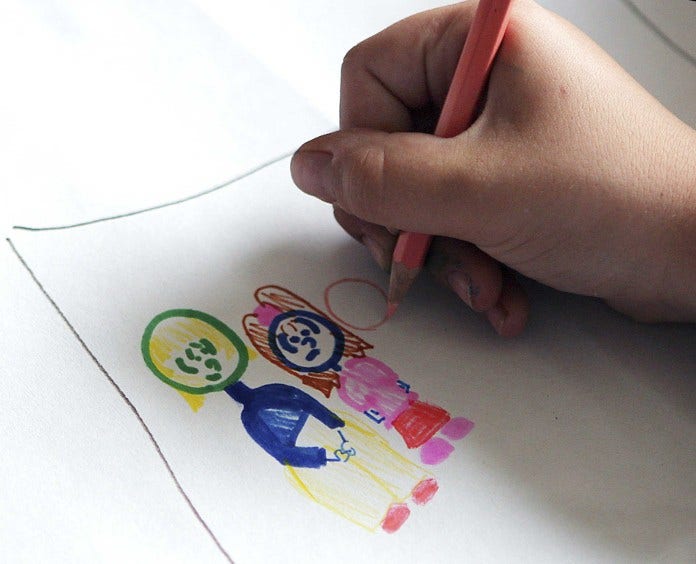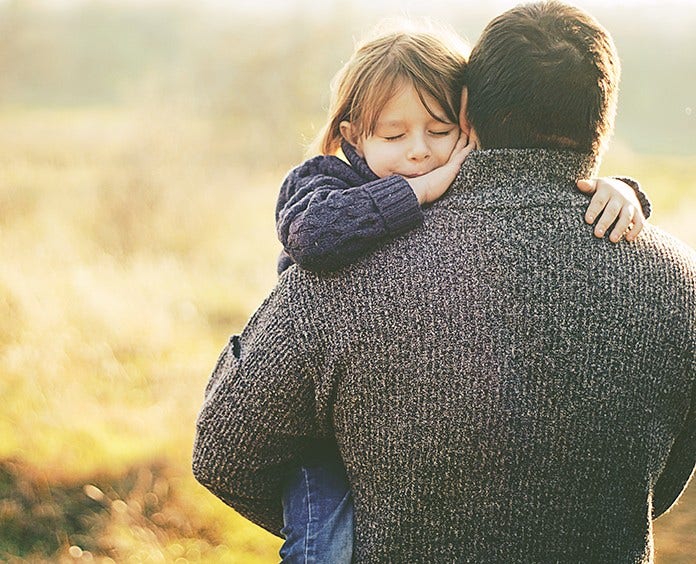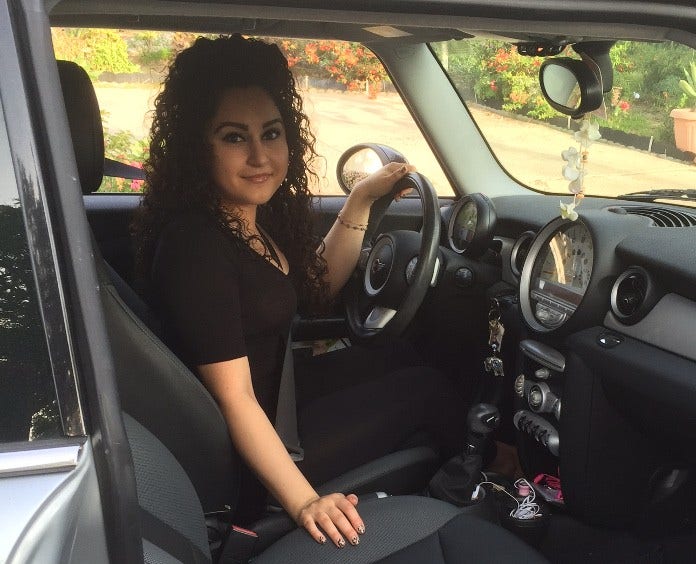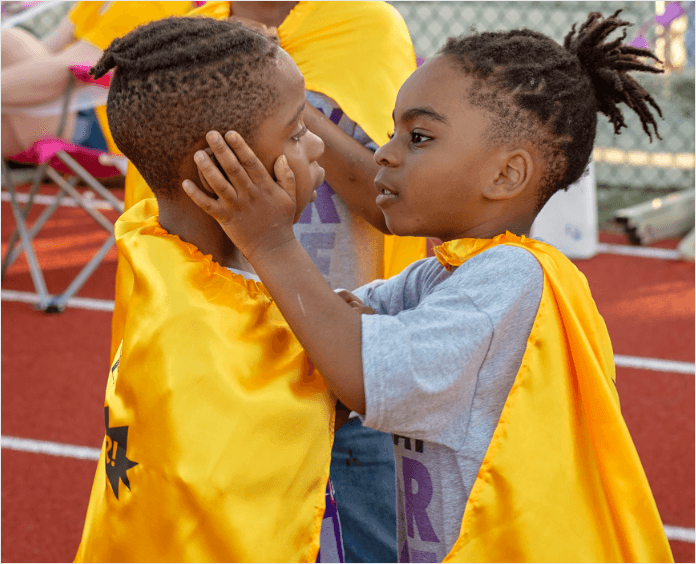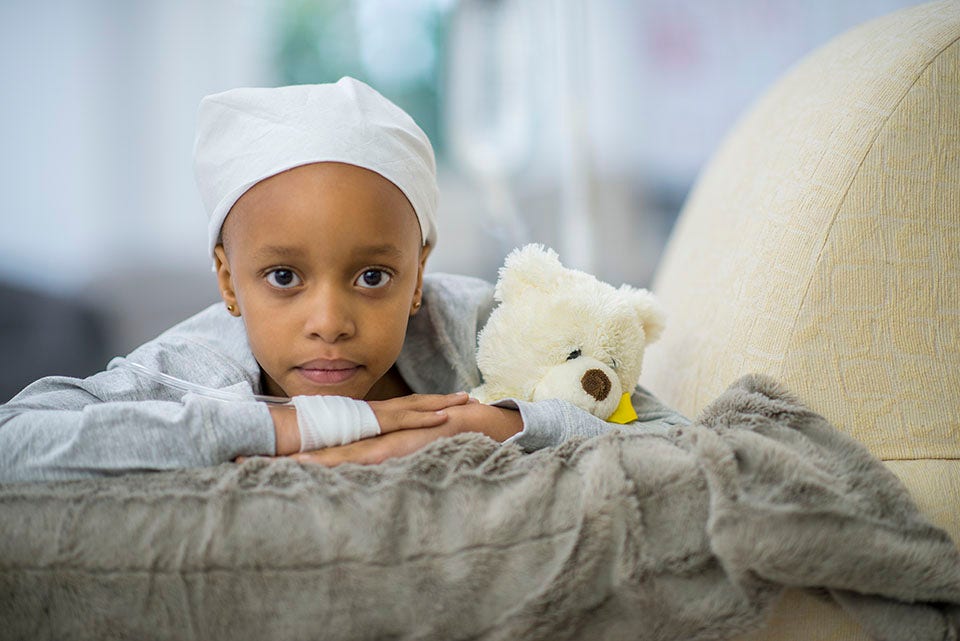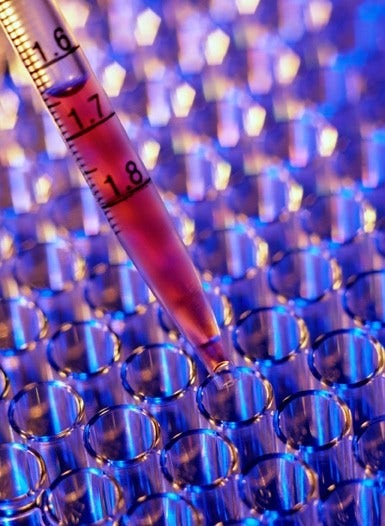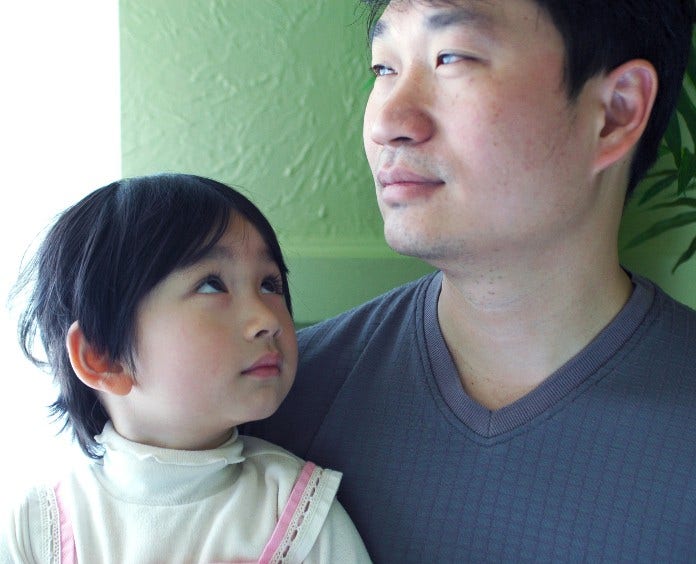Your gift is 100% tax deductible
Rhabdomyosarcoma
If you or your child has rhabdomyosarcoma, knowing what to expect can help you cope. Here you can find out all about rhabdomyosarcoma, including risk factors, symptoms, how it is found, and how it is treated.
About rhabdomyosarcoma
Sarcomas are cancers that develop from cell that would normally make connective tissues in the body, such as muscles, fat, bones, the lining of joints, or blood vessels. There are many types of sarcomas.
Rhabdomyosarcoma (RMS) is the most common soft tissue sarcoma in children and adolescents. It is a type of cancer made up of cells that normally develop into skeletal (voluntary) muscles. These are the muscles that we use to move our body.
Before birth, cells called rhabdomyoblasts (which will one day form skeletal muscles) begin to form. These are the cells that can develop into RMS. Because this is a cancer of early muscle cells, it is more common in children, although it can occur in adults. RMS can start nearly anywhere in the body. RMS is most common in the head and neck area, near the urinary or reproductive organs (like the bladder, prostate or vagina), or in the arms or legs.
Types of rhabdomyosarcoma
There are 4 types of RMS. They are defined by histology, or how they look under the microscope. Embryonal and alveolar rhabdomyosarcoma are the most common forms in children.
Embryonal rhabdomyosarcoma (ERMS)
ERMS is the most common type of RMS. It usually affects children in their first 5 years of life, but it can occur at older ages as well.
ERMS tends to occur in the head and neck area, bladder, vagina, or in or around the prostate and testes.
Alveolar rhabdomyosarcoma (ARMS)
ARMS typically affects all age groups equally. It makes up a larger portion of RMS in older children, teens, and adults than in younger children (because ERMS is less common at older ages).
ARMS most often occurs in large muscles of the trunk, arms, and legs.
ARMS behaves differently than ERMS. It tends to grow faster, is more likely to have gene changes called PAX/FOXO1 fusions, and it usually requires more intense treatment.
Not all ARMS have PAX/FOXO1 fusions, but those tumors that do act more aggressively. Whether or not tumor cells have this fusion has become important in assigning risk groups and making treatment plans
Anaplastic rhabdomyosarcoma
Anaplastic rhabdomyosarcoma (also called pleomorphic rhabdomyosarcoma) is an uncommon type of RMS that occurs more in adults and is very rare in children. It can be hard to treat.
Spindle cell/sclerosing rhabdomyosarcoma
This type of RMS is described by what it looks like as well as specific gene changes. Three types of spindle cell/sclerosing RMS have been described:
- Congenital spindle cell RMS (VGLL2/NCOA2/CITED2 rearrangements)
- MyoD1-mutant spindle cell/sclerosing RMS
- Intraosseous spindle cell RMS (TFCP2/NCOA2 rearrangements)
Some doctors also group undifferentiated sarcomas with the rhabdomyosarcomas. Using lab tests, doctors can tell that these cancers are sarcomas, but the cells do not have any features that help define them further.
Rhabdomyosarcoma in adults
Most RMS tumors develop in children and teens, but they can also occur in adults. Adults are more likely to have faster-growing types of RMS that are in parts of the body that are harder to treat. Because of this, RMS in adults has a worse outlook compared to RMS in children and young adults.
Quick Guides
- Written by
- References

Developed by the American Cancer Society medical and editorial content team with medical review and contribution by the American Society of Clinical Oncology (ASCO).
Children’s Oncology Group. Long-Term Follow-Up Guidelines for Survivors of Childhood, Adolescent and Young Adult Cancers, Version 6.0. Monrovia, CA: Children’s Oncology Group; 2023. Available on-line: www.survivorshipguidelines.org.
Linardic CM, Wexler, LH. Chapter 25: Rhabdomyosarcoma. In: Blaney SM, Adamson PC, Helman LJ, eds. Pizzo and Poplack’s Principles and Practice of Pediatric Oncology. 8th ed. Philadelphia Pa: Lippincott Williams & Wilkins; 2021.
National Cancer Institute. Childhood Rhabdomyosarcoma Treatment (PDQ®). 2024. Accessed at www.cancer.gov/types/soft-tissue-sarcoma/hp/rhabdomyosarcoma-treatment-pdq on April 3, 2025.
Last Revised: June 2, 2025
American Cancer Society medical information is copyrighted material. For reprint requests, please see our Content Usage Policy.
This information is possible thanks to people like you.
We depend on donations to keep our cancer information available for the people who need it most.

